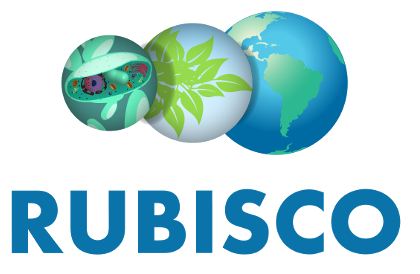Release of ILAMBv2.7
28 Jun 2023 - Nathan Collier
We are pleased to announce the release of ILAMB v2.7. In addition to many bug fixes and enchancements, this version contains the following content additions:
- Release of the International Ocean Model Benchmarking (IOMB) configuration. For more details see this post.
- Assets used in a virtual hackathon for watershed analysis, organized by the ESS Cyberinfrastructure Model-Data Integration Working Group. For more details, see this post or these hosted results. This includes capabilities to read raw E3SM output, even over smaller regions as well as point models.
- We have implemented an alternative scoring methodology for bias and RMSE which is based on regional quantiles of error across a selection of CMIP5 and CMIP6 models. The main idea is to normalize errors by a regional value which constitutes a poor error with respect to what earth system models have produce in the last generations of models. To use, set the
--df_errs database.parquetoption inilamb-runand point to this pandas database or create your own. This interactive plot shows how this changes our understanding of performance of CMIP5 to CMIP6. In the future this will become the default scoring methodology. - Added many datasets for use in ILAMB, also available via our intake catalog. These include:
- Biological Nitrogen Fixation from Davies-Barnard
- Gross Primary Productivity, Sensible and Latent Heat from WECANN (Water, Energy, and Carbon with Artificial Neural Networks)
- Latent, Sensible, and Ground Heat Flux, Runoff, Precipitation and Net Radiation from CLASS (Conserving Land-Atmosphere Synthesis Suite)
- Biomass from ESACCI (European Space Agency, Biomass Climate Change Initiative) and XuSaatchi2021
- Surface Soil Moisture from WangMao
- Growing Season Net Carbon Flux from Loechli
- Methane from Fluxnet
- In particular for biomass comparisons, where the measured quantity can be in total or carbon units and represent the above ground portion or total biomass, we have added a
scale_factorto the configure language which can apply any factor to the reference data. - ILAMB regions may now also be defined by shapefile, of particular use when comparing results over watersheds.

